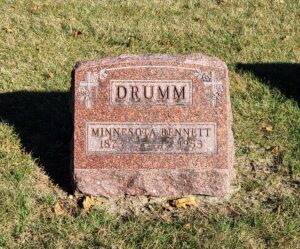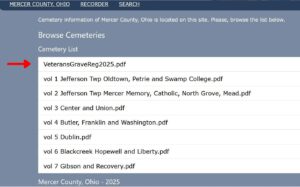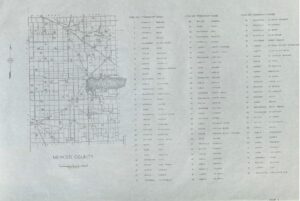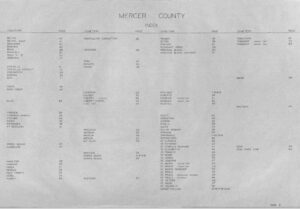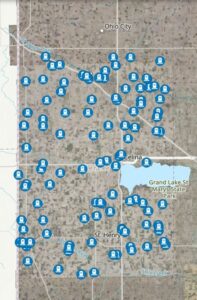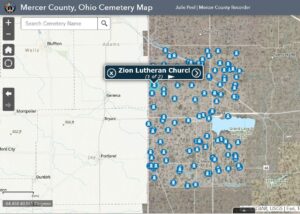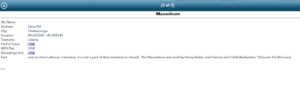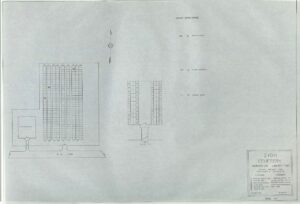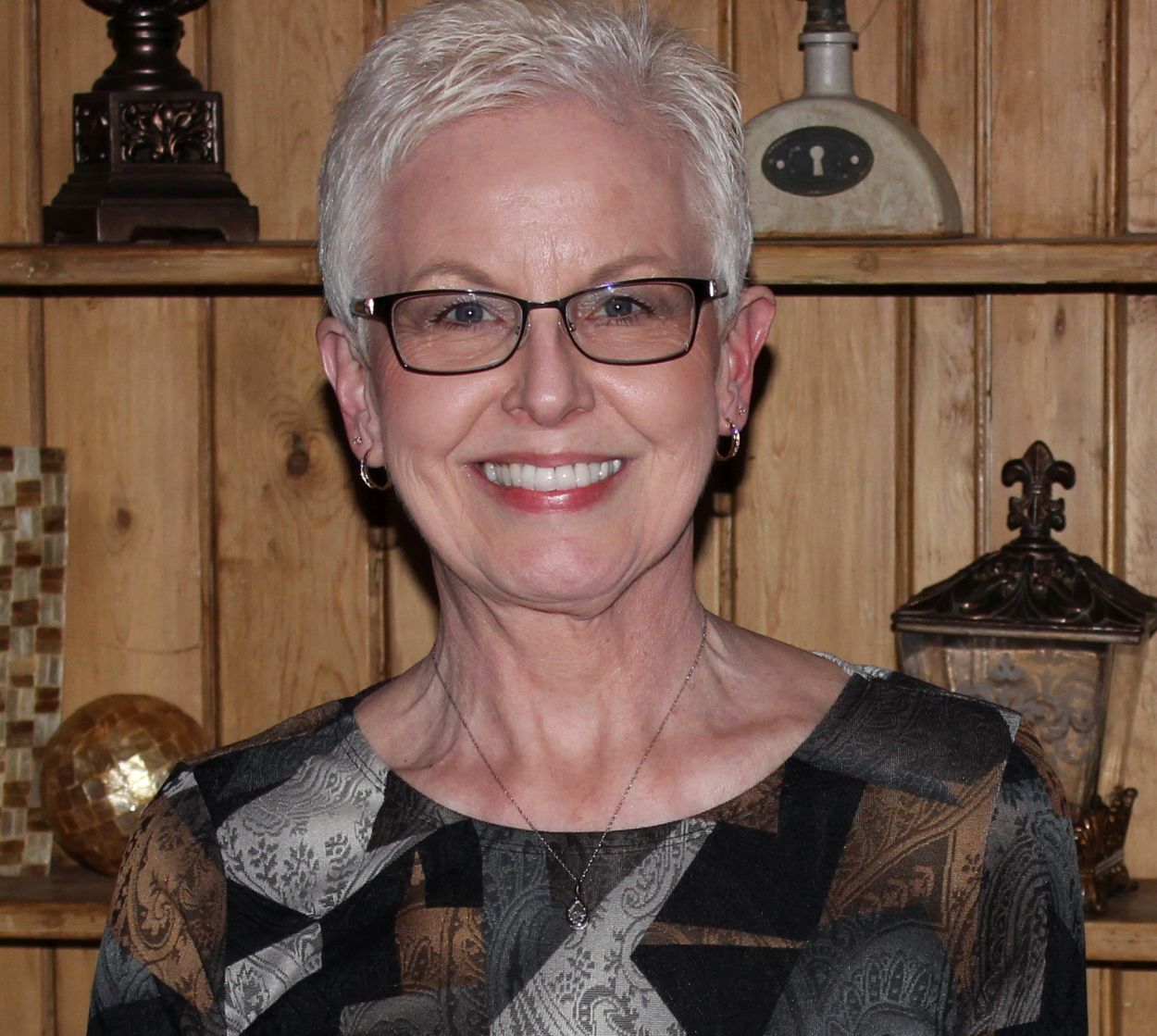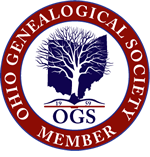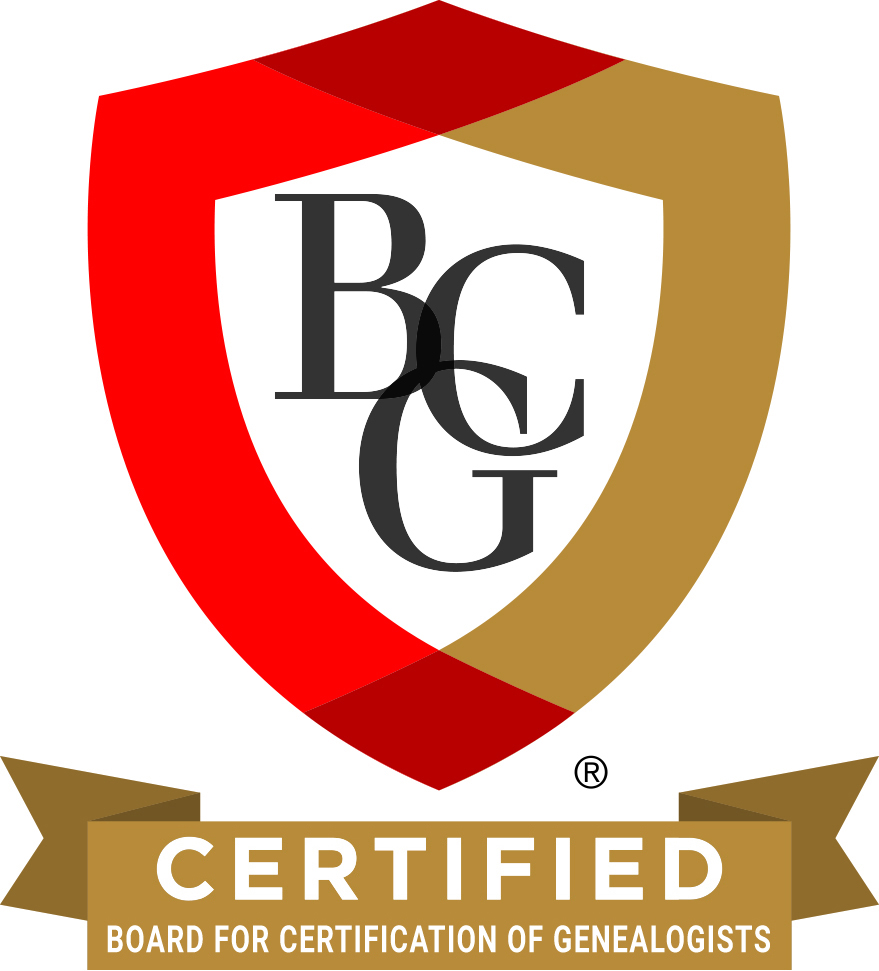Recently we drove to Paulding, Ohio, to take a photo of their post office mural. Their post office is located at 121 West Jackson Street.
I was pleasantly surprised to see that Paulding’s mural is quite different from the ones I photographed at Coldwater and Wapakoneta. Paulding’s mural is carved wood relief, carved by Charles Umlauf in 1940.
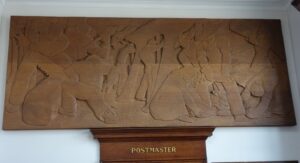
Paulding, Ohio, post office mural. (2025 photo by Karen)
The title of the mural is Industry and depicts men sawing down trees, likely in the Great Black Swamp.

Paulding, Ohio, post office mural. (2025 photo by Karen)

Paulding, Ohio, post office mural. (2025 photo by Karen)
The mural is located in the post office lobby, on the wall above the postmaster’s door, the same as the other two post office murals I have viewed.
During the 1930s-40s, to make artwork accessible to all people, the U.S. Treasury Department’s Section of Painting and Sculpture allocated monies for art and sculptures in post offices constructed between 1934 and 1943.
The artist/carver’s signature:
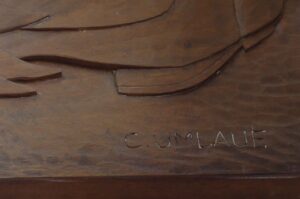
Paulding, Ohio, post office mural. (2025 photo by Karen)
While driving through Paulding, we noticed that there is a painted mural on the side of one of their downtown buildings. It is quite nice with a lot of little details.
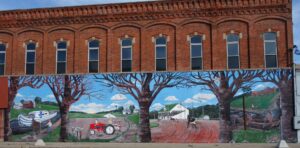
Paulding, Ohio, mural. (2025 photo by Karen)
The mural contains four scenes of Paulding’s history, separated by trees. The sections, from right to left: Fort Brown and Native American Indians in a canoe; harness racers before the grandstand at the Paulding County Fairgrounds; a farmer on a tractor with the sun rising and their historic round barn in the background; and a canal boat on one of the two canals that run through the county, either the Wabash-Erie Canal or the Miami-Erie Canal, with a farm in the background.
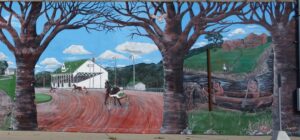
Paulding, Ohio, mural. (2025 photo by Karen)

Paulding, Ohio, mural. (2025 photo by Karen)
Paulding is the county seat of Paulding County, established in 1820.
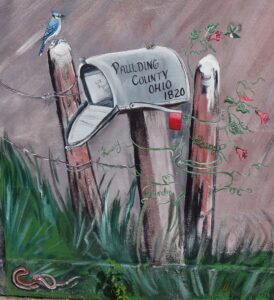
Paulding, Ohio, mural (2025 photo by Karen)
Their mural was painted by Sandy & Kinsey Dobbelaere, assisted by Franzi Wagner in July 2011.
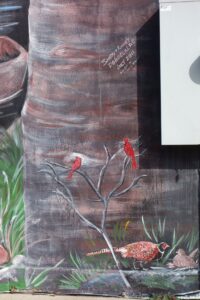
Paulding, Ohio, mural (2025 photo by Karen)
Lots of little critters and birds are painted all around the mural.

Paulding, Ohio, mural (2025 photo by Karen)
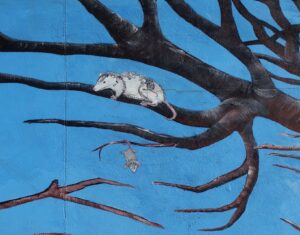
Paulding, Ohio, mural (2025 photo by Karen)

Paulding, Ohio, mural (2025 photo by Karen)
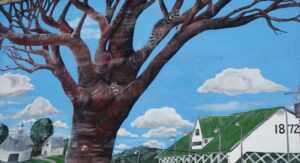
Paulding, Ohio, mural (2025 photo by Karen)
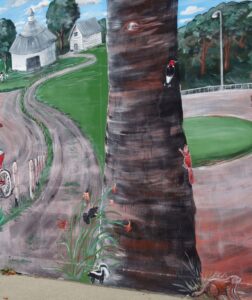
Paulding, Ohio, mural (2025 photo by Karen)
We also noticed two other paintings on buildings around town.
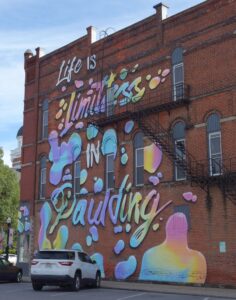
Paulding, Ohio (2025 photo by Karen)
This one looks like it might be old:
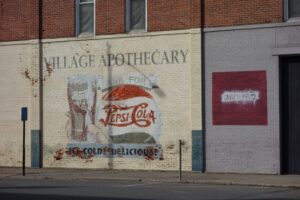
Paulding, Ohio (2025 photo by Karen)
Yet another local town with beautiful artwork showing the history of their area.

